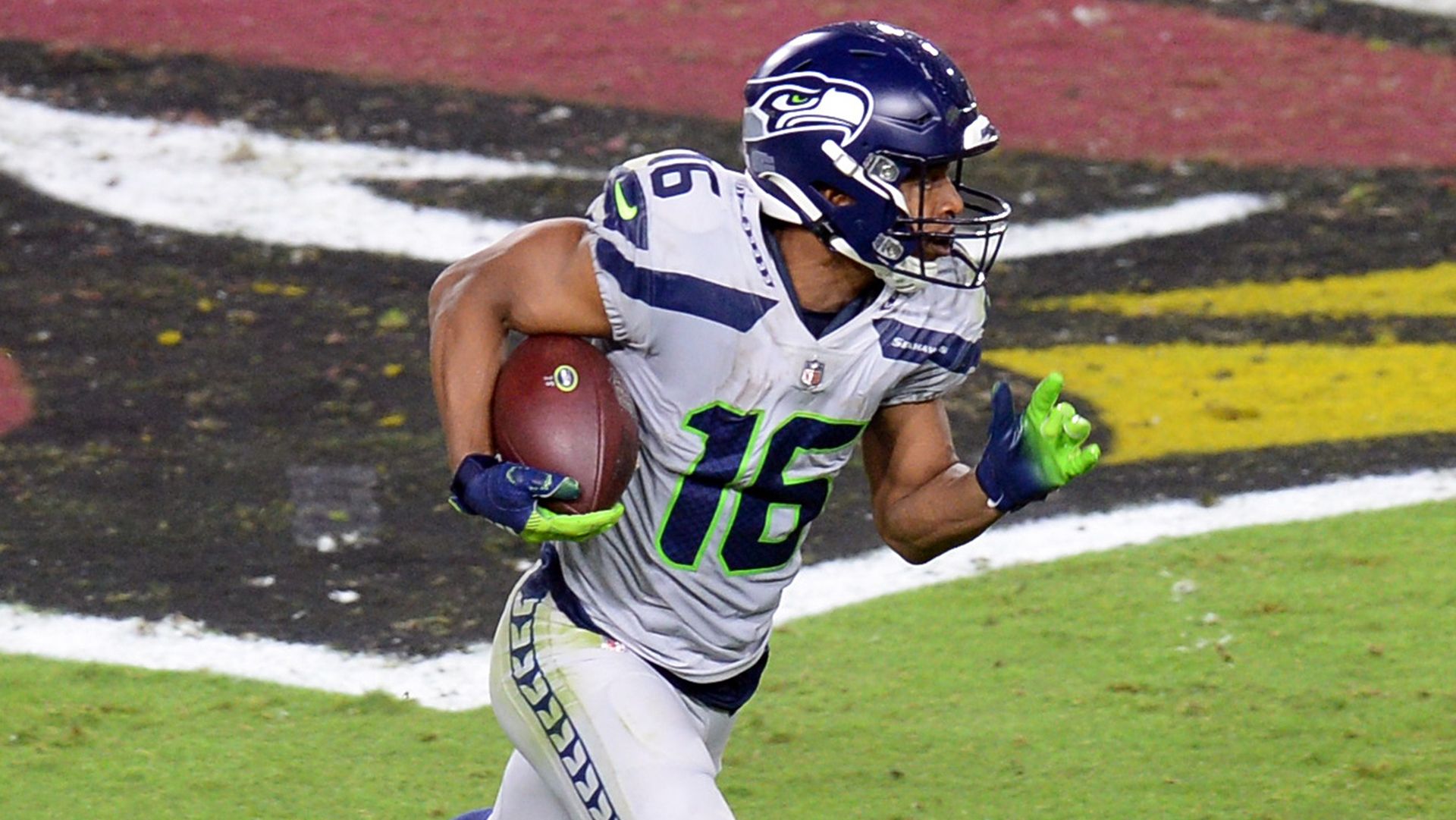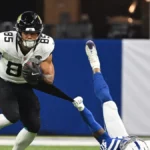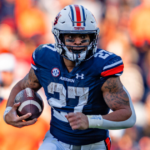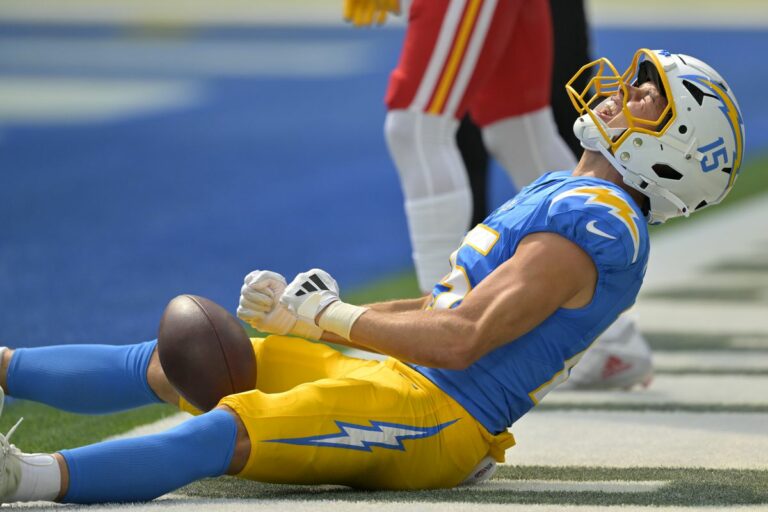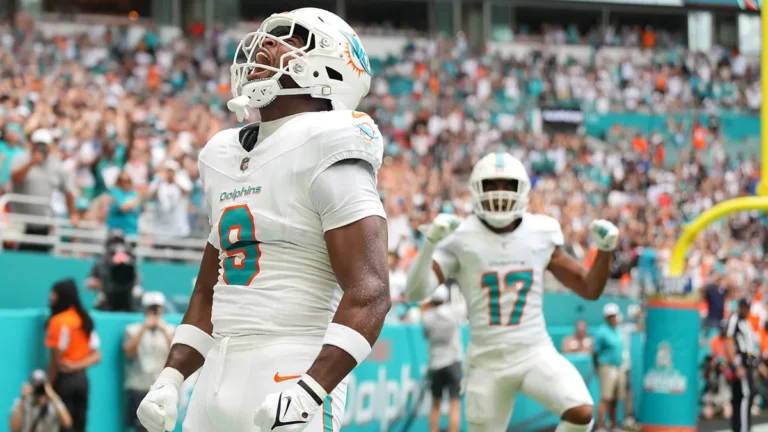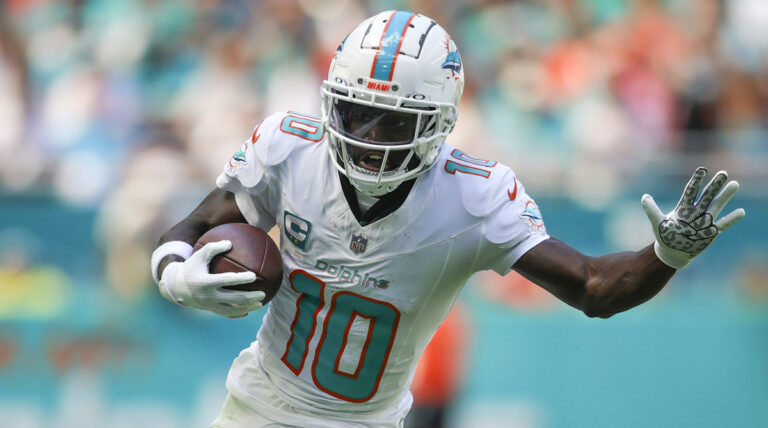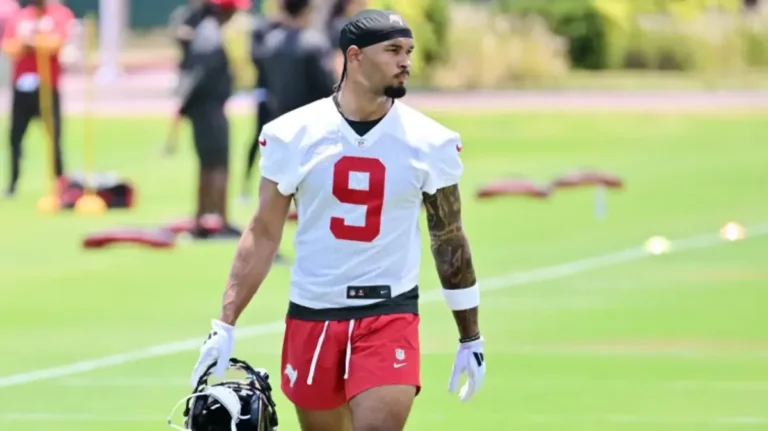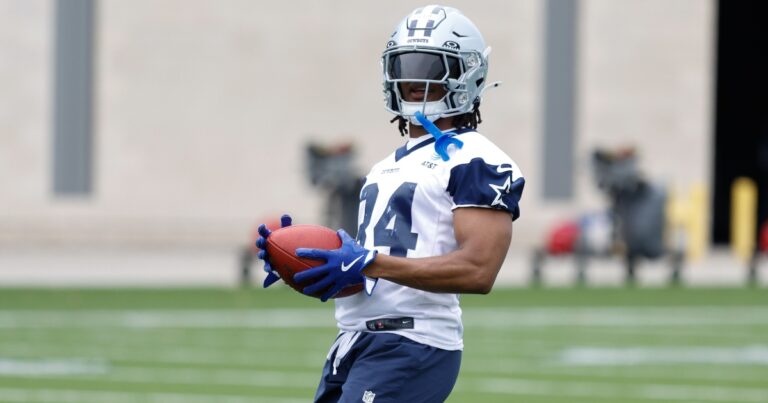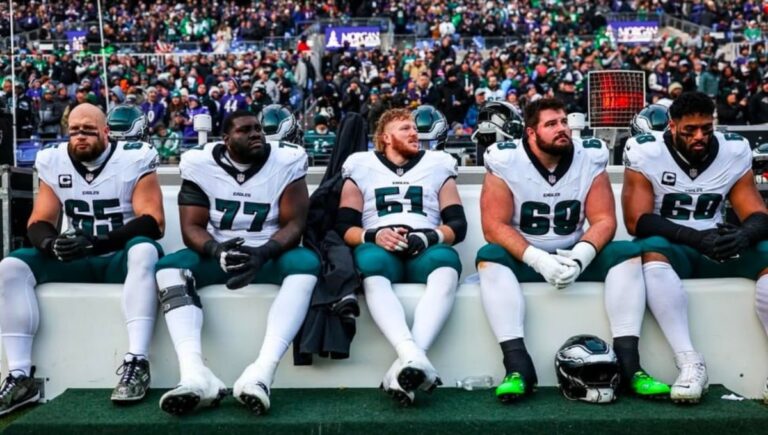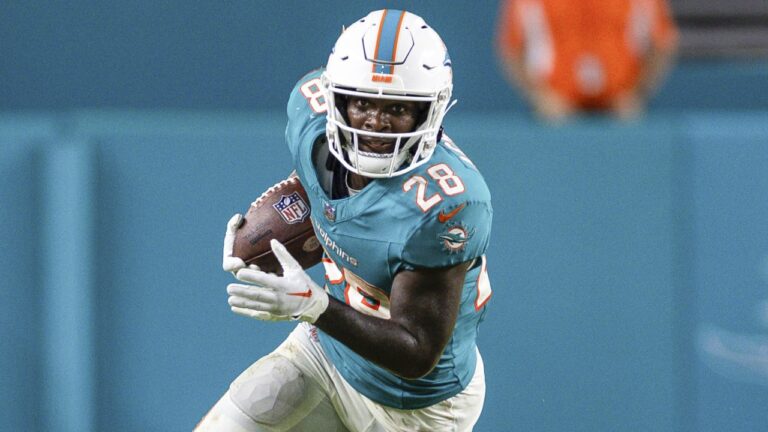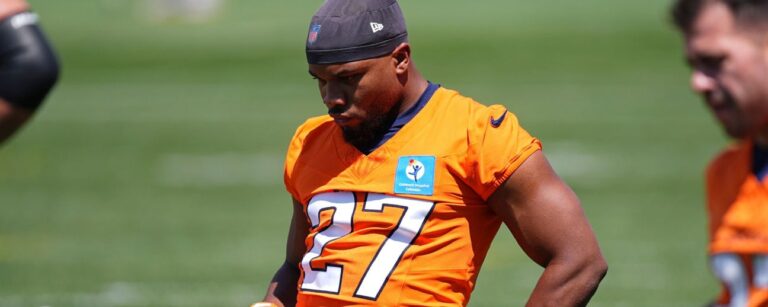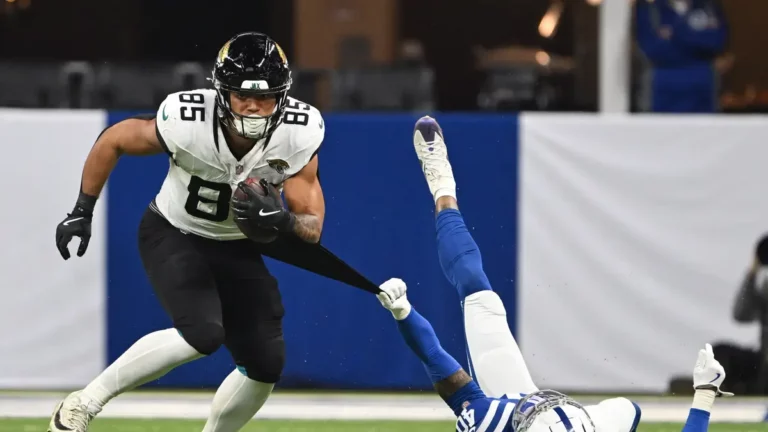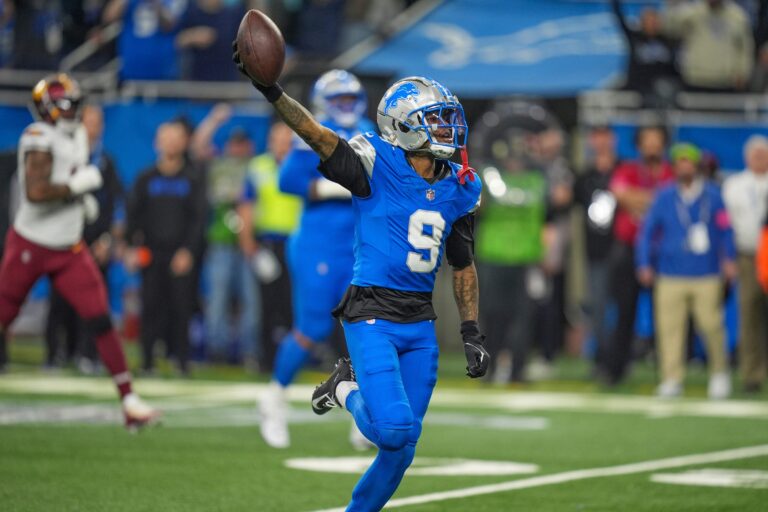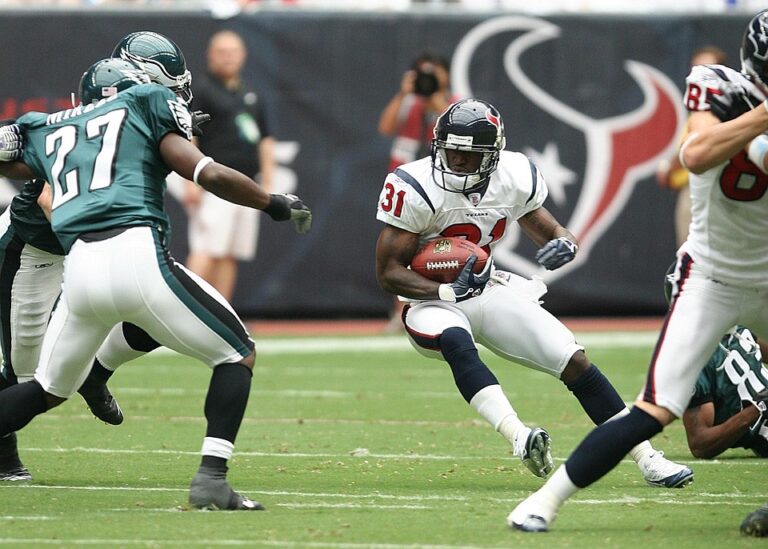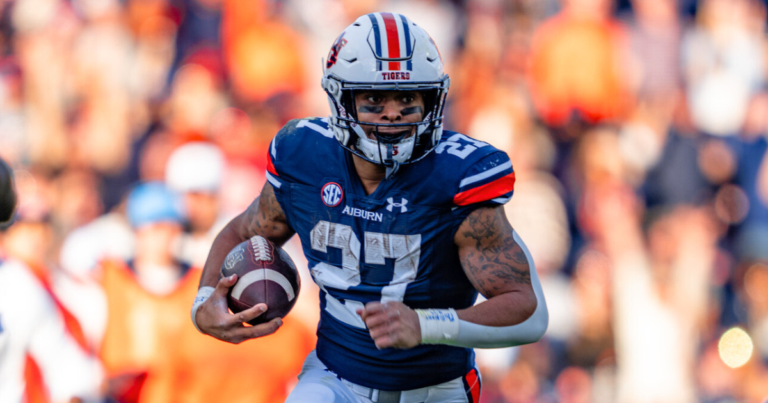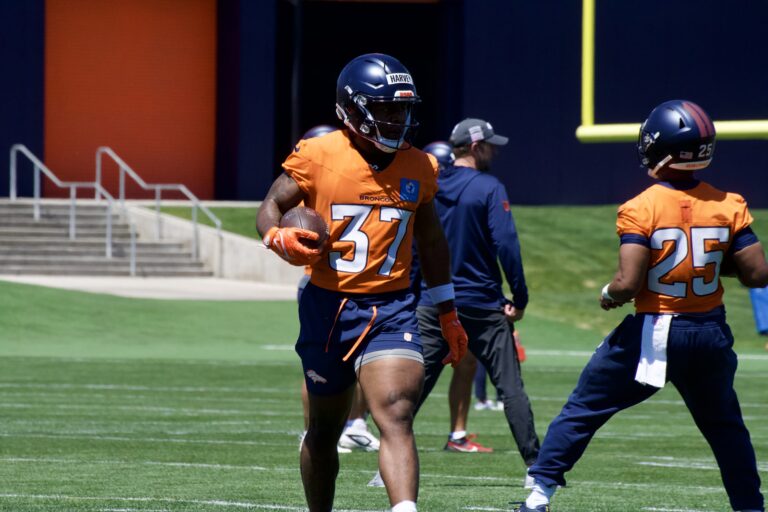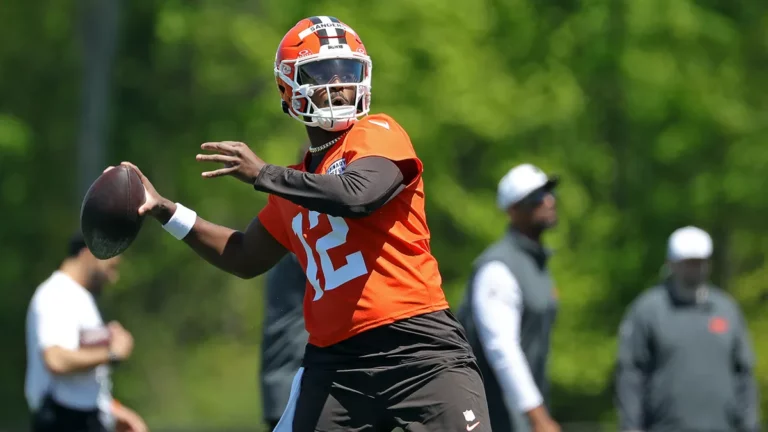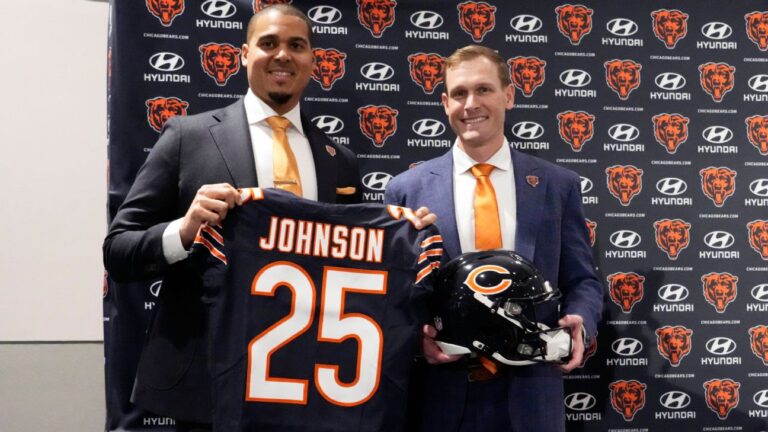Week 7 featured a scoring bonanza from Tyler Lockett, setting the season record with 53 fantasy points and 37.9 expected fantasy points! Find out below what to do with him and many others using my Expected Fantasy Points model.
For a more general overview of my trading strategy, click here.
If you have any questions or feedback, let me know @RSJ_Jackson on Twitter!
All data in this article uses full PPR scoring. A sample of the data through Week 7 is pictured. The PDF hides the weekly data for Weeks 1 and 2 to save space, but all data is still factored into the season averages. For the full data, click the links below!
*DOWNLOAD The Expected Fantasy Points Report – Week 7 2020 – PDF*
**DOWNLOAD THE EXCEL VERSION!**
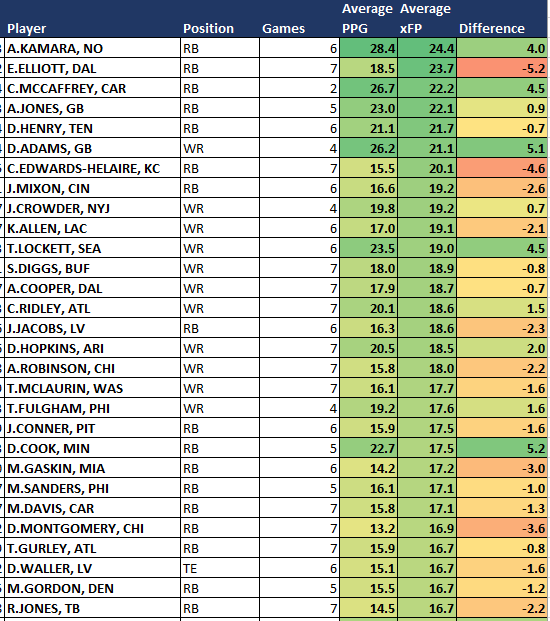
Expected Fantasy Points
I built the model based on a metric called Expected Fantasy Points (xFP). A player’s xFP is calculated based on the value of each target or carry, using historical data attributes that correlate highly with actual fantasy points scored. You can find a more detailed breakdown of how this works here.
Expected Fantasy Points essentially show what an average player would have done with the opportunities seen by any given player. We can then subtract the player’s actual fantasy points scored to arrive at the difference, a key metric.
How to Interpret Expected Fantasy Points
The difference between expected and actual fantasy points comes from two sources:
Talent/Situation
We would expect the most talented players in the NFL to score more fantasy points than their expected fantasy points. That’s pretty obvious since xFP is based on the averages of all players. Also, a given coach or scheme might lead to a sustainable difference in actual over expected points. A carry in Kyle Shanahan’s offense will typically produce more points than a carry in Adam Gase’s offense. A carry behind an elite offensive line would be more valuable than a poor one.
These are all sustainable ways for a player to consistently outperform or underperform their expected points. Because of these differences between players, we should not assume that the difference between expected and actual points will always regress to zero. In other words, don’t blindly buy any player with a negative difference. Don’t sell every player with a positive difference.
Luck
The main reason to use expected fantasy points is to identify players who are experiencing very bad or very good luck. Unlike the previous differences, luck will even out over a long period. We want to buy players who are having bad luck and sell players who are having good luck.
Separating differences that are sustainable from differences due to luck can be tricky. It’s not an exact science. However, most players will score within a few points per game of their expected fantasy points for the season. The players with the largest differences are the ones most likely to be benefitting or suffering from luck.
Trade Targets
During the season, the main purpose of using my Expected Fantasy Points model is to help you win trades. Remember, we want to buy players who are getting unlucky, and sell players who are getting lucky.
Week 8 Buy Low
Chase Edmonds
Hopefully, you took my advice last week and sold high on Kenyan Drake before his ankle injury on Monday night. Drake was largely ineffective before the injury and is now expected to miss a few weeks. Fortunately for Edmonds, he will inherit an absolute goldmine of fantasy opportunity.
Together, Edmonds and Drake average a whopping 24.2 xFP per game. To put that into perspective, Alvin Kamara leads the NFL with 24.4 xFP per game.

While Edmonds likely won’t inherit 100 percent of the 24.2 xFP per game, I expect him to see almost all of the Cardinals’ running back touches while Drake is out. That volume cements his status as a clear RB1 until Drake returns. If Edmonds performs well, I would not be surprised if he eats into Drake’s role even when both are healthy.
If you still don’t believe me, check out The Wolf’s fantastic piece about why Edmonds will succeed.
Diontae Johnson
On the surface, Johnson’s numbers are just okay. He is averaging 14.1 xFP per game, good for WR20. But excluding Weeks 3 and 5 when Johnson suffered a pair of first-quarter injuries, he shoots up to 21.5 xFP per game, the most among wide receivers. It’s only a three-game sample, and Davante Adams and Keenan Allen move above him when adjusting for their in-game injuries, but that’s still impressive.
Scott Barrett also calculates Expected Fantasy Points using a very similar method.
Diontae Johnson (Week 3 & 5 Excluded)
— Scott Barrett (@ScottBarrettDFB) October 27, 2020
XFP/G: 21.1 (1st)
PPR/G: 21.3 (3rd)
Targets/G: 13.0 (1st)
Red Zone Targets/G: 1.7 (2nd)
End Zone Targets/G: 2.0 (1st)
Given the number of weapons at Ben Roethlisberger’s disposal and small sample, I expect Johnson’s 21.5 xFP per game to regress slightly. However, he still has a high margin of safety. The WR12 in xFP per game (Adam Thielen) averages 16.5. Johnson has plenty of room to regress, yet still remain in the WR1 conversation moving forward.
CeeDee Lamb
The Cowboys are a mess right now, but Lamb’s situation isn’t as bad as his 0.1-point performance in Week 7 indicates. Over the past three weeks, Andy Dalton has played about two full games worth of snaps. He took over midway through Week 5 and left early in Week 7.
With Dalton on the field, Lamb has seen a total of 19 targets, good for 31.5 xFP, or roughly 15.7 xFP per game. Again, a small sample, but that would rank WR15 for the season.
Dalton suffered a brutal hit to the head in Week 7 and might miss Week 8. I wouldn’t want to start Lamb with seventh-round rookie Ben DiNucci at the helm, so you might want to wait until we know more about Dalton’s status before making a move. Lamb certainly comes with risk, but he still has the potential to be a WR2 in games with Dalton the rest of the way.
Week 8 Sell High
Tyler Lockett
Lockett scored an absurd 53 points and delivered many unexpected Sunday night miracles in Week 7. While he did outproduce his xFP by 15.1 points, his 37.9 xFP on 20 targets in Week 7 is the most of any player in any week this season. His incredible performance vaulted him from WR16 to WR4 in xFP per game.
Lockett is very talented, but he probably won’t have another 20-target game anytime soon. He saw only 6.9 and 8.6 xFP in his previous two games, respectively. I don’t think Lockett will bust, but his role is clearly inconsistent.
If you need help at another position or an opponent values Lockett at his current overall WR2 status, now is a good time to move on. Lockett faces the 49ers, Bills and Rams in the next three games, all top-ten defenses against wide receivers on the season.
DJ Moore
Moore finally provided the boom week owners were hoping for, scoring 25.3 fantasy points and a pair of touchdowns in Week 7, including a 74-yard score. However, Moore only scored 10.9 expected fantasy points on 6 targets. Despite the impressive stat line, Moore finished behind Robby Anderson (13.6) and Curtis Samuel (12.9) in Week 7 xFP.
Moore did see a very respectable 22.1 xFP in Week 6, but Samuel was inactive with a knee injury. Moore isn’t getting the volume needed to live up to his draft hype and currently ranks WR19 in xFP. His Week 7 performance combined with a Week 8 matchup against the Falcons might be enough to convince someone else that he can still be the WR1 he was drafted to be.
